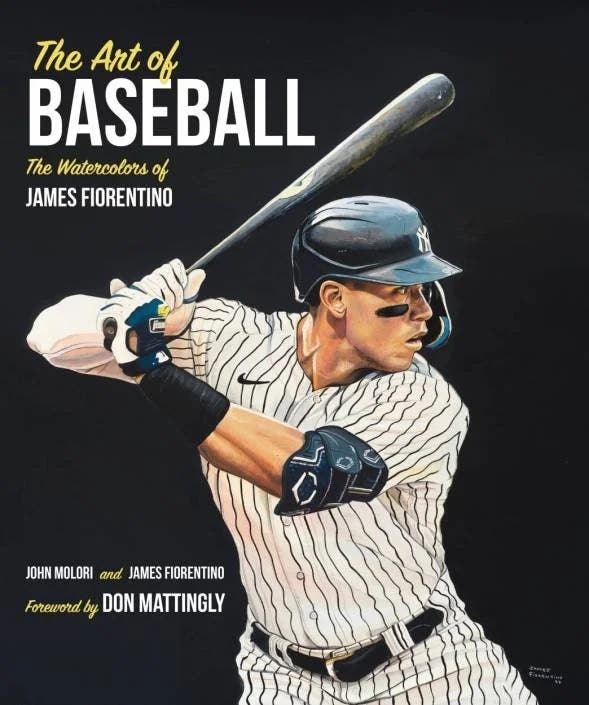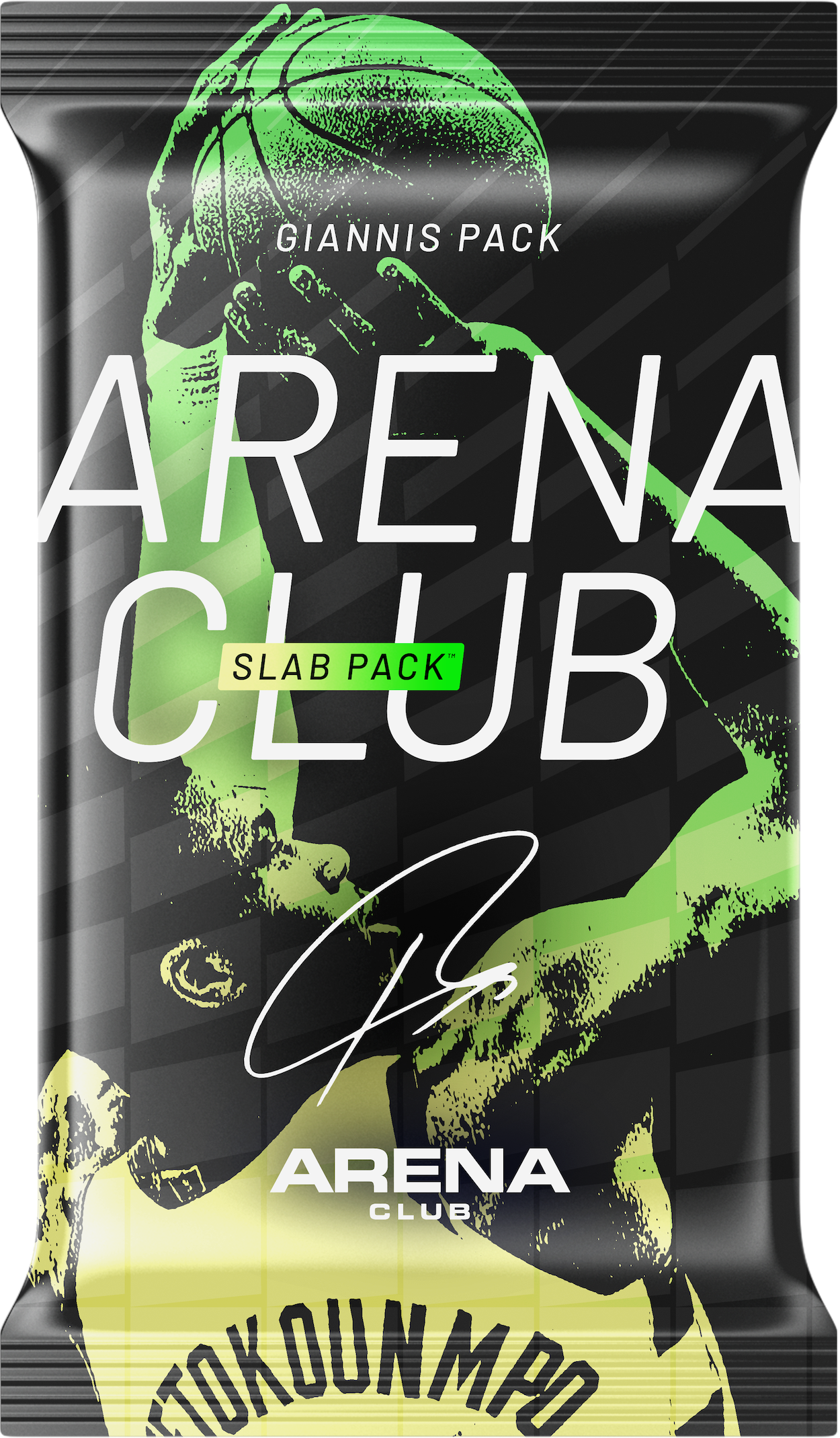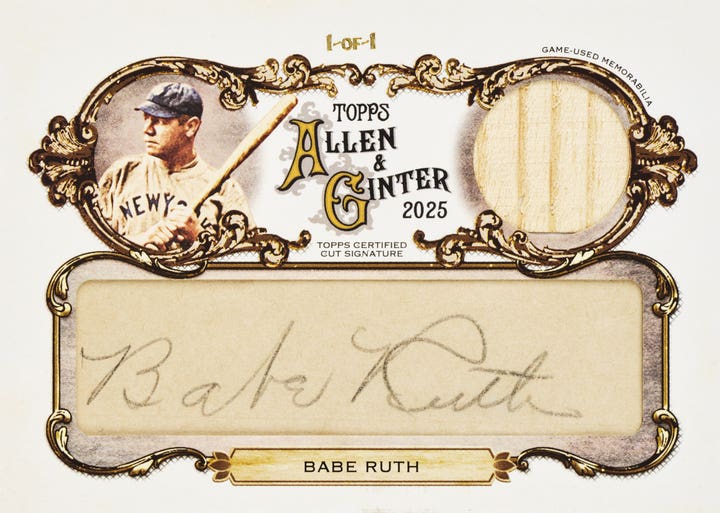News
1981-83 Perma-Graphics baseball sets featured plastic cards
Like gnats on a humid summer afternoon, credit card offers seemingly buzz all around us these days, especially online, via phone solicitations and through the mail. General-purpose credit cards launched on a national scale in the mid 1960s when BankAmericard and MasterCard “led the charge.”
Why the references to those pieces of plastic permeating wallets or which show up via almost-too-easy cell phone payment options? Simple, to set the tone for a different type of credit card discussion, one where there is no late fee, but for many the “interest rate” remains microscopic.
In this case the “credit cards” of note came out for a few years starting in 1981, a collaboration of the Perma-Graphics Company of Maryland Heights, MO and Topps, featuring baseball stars of the day in color photos where team logos and uniforms are visible, not air-brushed out.
The cards themselves did not allow someone to make purchases, like an actual credit card, but the set’s general design contained a charge card vibe, at least in size and shape—and they were made of plastic.
In their debut offering, Perma-Graphics’ first five cards gave collectors players that still hold up as some of the all-time greats: catcher Johnny Bench, third basemen Mike Schmidt and George Brett, Red Sox legend Carl “Yaz” Yastrzemski and hitting machine Pete Rose.
Among others in the 32-piece “Super Star” issue: Reggie Jackson, Tom Seaver, Nolan Ryan and Rickey Henderson, perhaps the best leadoff batter in MLB history. Henderson’s career launched to a supreme level the season before when during his second big league campaign the speedster stole 100 bases.
In addition to basic biographical info and some stats, the backs of the Perma-Graphics cards throughout their run had a blank autograph section, where collectors could hopefully get it signed by the highlighted player, and, in one form or another, a message for hobbyists.
Perhaps the best of these messages came in 1981: “As a collector of the limited edition Super Star credit card series you are recognized as a loyal baseball fan and a member in good standing of the Elite Super Star Fan Club.” On behalf of all collectors I say, “Thank you.”
An ad in Baseball Digest magazine from 1981 sold complete sets of these cards for $39.95 plus shipping.
Another Perma-Graphics baseball product also came out in the fall of 1981, an 18-item collection with the American and National Leagues’ starting lineup from that summer’s All-Star game, which included Dodgers pitching phenom Fernando Valenzuela in his first full season.
The company put out similar sets the next two years and made limited edition “gold” versions of each of those offerings, as well.
It is with those “gold” sets Jeff Korth excels, owning the top-ranked versions on all four of the 1982 and 1983 issues on the PSA Set Registry, his main attraction being the Pete Rose cards appearing in most of that quartet.
Finding some nuggets
“I originally bought the (1983 Gold) Perma-Graphics cards several years ago from a bigger auction house, they were in a lot of various cards and they were still wrapped in the original paper from the factory,” Korth said. “When I opened them up I said, “Wow! They basically knocked your socks off when you looked at them. They were just pristine. So I sent them to PSA for grading and they came back mostly Gem Mint 10s.”
And as Korth has learned over the years, the cards that originated from this St. Louis-area company can be a true challenge in the highest grades.
“Because with any touching of the card (to speak of) you get those hairline scratches. So it is very difficult to get them in PSA 9 or 10,” Korth said.
As a true collector, Korth feels good that someone like him came across that batch of cards.
“I was able to preserve them, versus somebody else getting them, opening them up and kids playing with them, and possibly destroying them,” he said.
The PSA Population numbers show the 1981 Perma-Graphics All-Star cards with 241 samples, including 22 PSA 10s; while the Super Star versions that year are more plentiful: 743, with 106 PSA 10s. Meanwhile, the overall PSA graded sets from 1982 and 1983 from the manufacturer normally appear less often than the 1981 cards, though these later issues do have higher percentages of PSA 10s in the hobby.
Korth noted that the Perma-Graphics cards have essentially dried up at the shows he attends.
“A decade ago (at shows) you would see them quite often, but most of them would have the hairline scratches on them, seldom would you see them in pristine/Mint condition,” Korth said.
Rarely did tables at this spring’s Chantilly, VA show have these cards on display.
Pricewise, cards from these sets, especially when found raw in a lot of a dozen or more and in EX or better shape, sell on a frequent basis for a dollar or two each—and that usually includes some of the bigger names. Of course, if you buy these online and the cards are not professionally graded, and the internet images usually do not show strong enough detail, one runs the risk of purchasing cards that are lower condition than they initially appear.
Graded cards, of course, are a different story with these plastic collectibles. But compared to regular-issue Donruss, Fleer and Topps sets from the same period, encapsulated Perma-Graphics cards hold up well against the competition, while adding some variety to a collection at often manageable prices.
The Perma-Graphics company, by the way, remains in business and SCD reached out to them for comment about their early ’80s baseball sets, but they did not respond by publication time.
Big fish, little pond
Korth quickly acknowledged the general low popularity of the credit card-like sets and thinks it could partially stem from the “plastic vs. cardboard” design.
“It’s just a different medium,” he said matter-of-factly.
The collector, however, said being one of the few to dive so deeply into these sets gels well with him.
And, he added a broad observation about oddball cards: “In the past decade when buying them (various sets) they were relatively inexpensive, but I think the whole industry has changed, the prices are getting out of whack for PSA 9s and 10s.”
To a degree then, the Perma-Graphics sets represent one example where some extremely marginalized “vintage” oddball cards are starting to get some credit, where credit is due. Or borrowing the Barclaycard slogan, at least with respect to these 1980s issues: “Get more out of plastic.”
Doug Koztoski is a frequent contributor to Sports Collectors Digest. He can be reached at dkoz3000@gmail.com.








